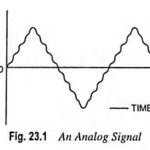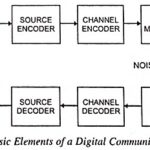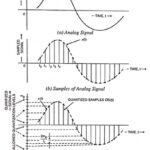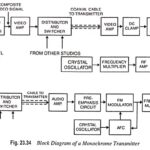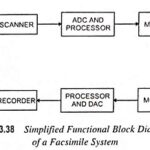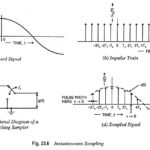Digital Communication System Articles:
What is Analog Signal and Digital Signal? – In communication systems, a signal means a time varying electrical signal which contains all information or intelligence. The analog signal is that type of signal which … (Read More)
Basic Elements of Digital Communication System: Figure 23.3 shows the functional diagram and the basic elements of digital communication system. The source output may be either an analog signal like audio or video signal, or a digital signal, such as the … (Read More)
Advantages and Disadvantages of Digital Communication: The advantages and disadvantages of digital communication are as follows, Digital communication have the following advantages: 1. The digital communication systems are simpler and cheaper compared to analog communication systems because of the advancements made in the … (Read More)
Digital Modulation Techniques: An information bearing signal can be transmitted from one point to another point over a communication channel by using either an analog technique or digital modulation techniques. As already discussed, the use of digital technique offers several important … (Read More)
Monochrome TV Transmitter – Block Diagram and its Workings: The term monochrome stands for black and white. Thus a monochrome TV system does not process variations of colour in a picture but processes only the intensity of brightness of each pixel … (Read More)
Facsimile (FAX) Machine – Definition, Operation and Applications: In addition to the basic signals consisting of speech, music, or telegraph codes, a telecommunications system is often required to transmit signals from a source of a visual nature. Facsimile (commonly called FAX) … (Read More)
Types of Sampling Techniques: Basically there are three types of sampling techniques : (i) Instantaneous sampling, (ii) Natural sampling and (iii) Flat-top sampling. Out of these three types of sampling techniques, instantaneous sampling is called ideal sampling whereas natural sampling and flat-top … (Read More)
